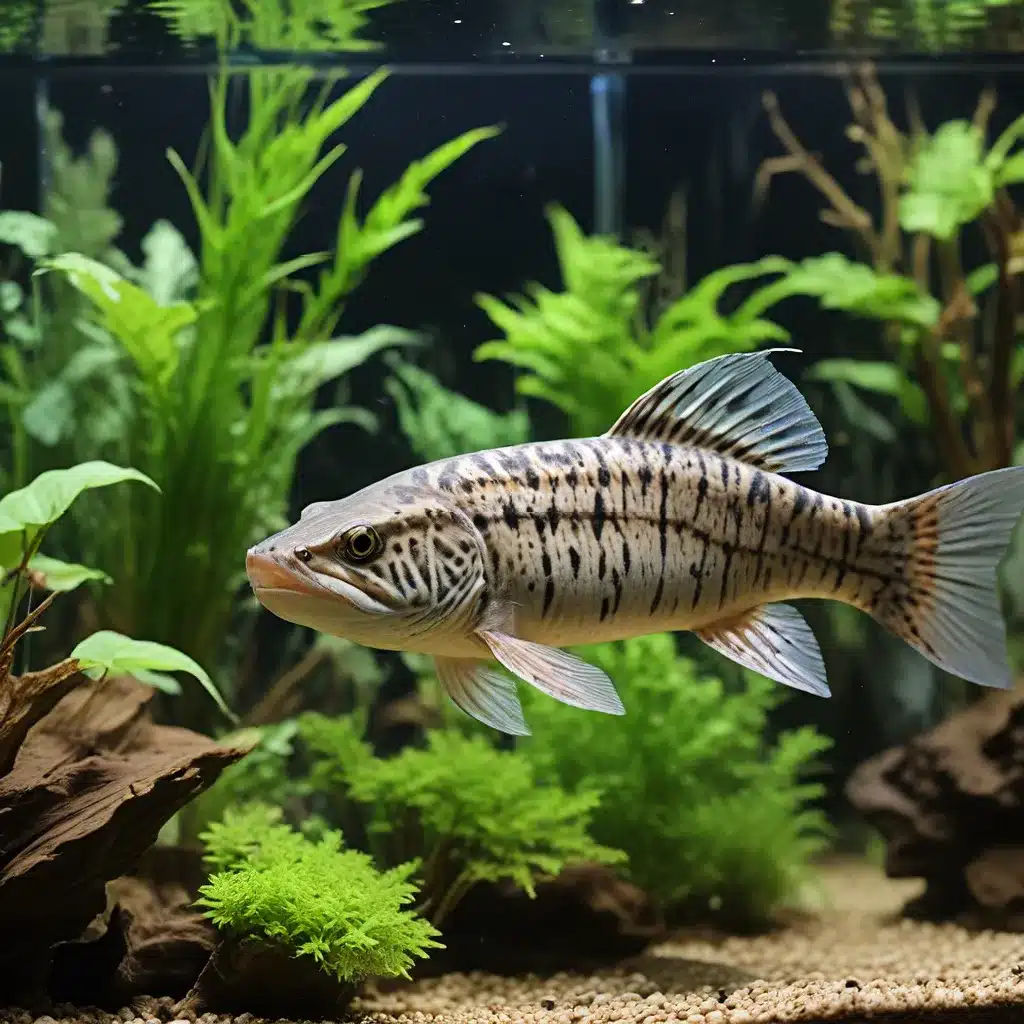
Understanding the Importance of Predator-Prey Relationships
Maintaining a balanced ecosystem is a fundamental principle in successful aquarium keeping. This delicate balance is often achieved by carefully managing the predator-prey dynamic within the confines of a closed aquatic environment. Predator-prey relationships play a crucial role in regulating populations, promoting biodiversity, and ensuring the long-term health and stability of an aquarium.
In the natural world, predators and prey exist in a state of equilibrium, with each species playing a vital role in the overall ecosystem. This intricate web of interactions is not easily replicated in a captive setting, but understanding the principles behind it can help aquarists create thriving aquarium communities.
By incorporating a predator-prey system into your aquarium setup, you can harness the power of natural processes to maintain a sustainable, self-regulating environment. This approach can provide numerous benefits, such as reduced algae growth, improved water quality, and a more diverse and visually appealing display.
Establishing a Balanced Aquarium Ecosystem
Achieving a balanced aquarium ecosystem requires carefully selecting compatible species and thoughtfully managing their populations. One effective strategy is to establish a colony of prey species, such as shrimp or small fish, and then introduce predator species to help control their numbers.
For example, you could start with a population of cherry shrimp in your aquarium and then add guppies as predators. To prevent the guppies from completely wiping out the shrimp, you could further introduce angelfish as predators for the guppies. This creates a multi-level predator-prey dynamic that helps maintain a sustainable balance.
King Aquarium experts recommend that you thoroughly research the specific care requirements and compatibility of the species you plan to incorporate. Factors such as tank size, water parameters, and hiding spots must be carefully considered to ensure the long-term success of your aquarium ecosystem.
Harnessing the Benefits of Predator-Prey Relationships
By establishing a balanced predator-prey system in your aquarium, you can unlock a variety of benefits that contribute to the overall health and stability of your aquatic environment.
Maintaining Water Quality: Predators help control the population of prey species, preventing overcrowding and the subsequent buildup of waste and excess nutrients. This can lead to improved water quality, reduced algae growth, and a more stable pH and oxygen levels.
Promoting Biodiversity: The presence of multiple trophic levels, from primary producers to top predators, fosters a diverse and thriving community. This increased biodiversity can enhance the visual appeal of your aquarium and provide a more natural, engaging environment for your fish and other aquatic inhabitants.
Regulating Population Dynamics: Predators play a crucial role in culling weaker or less fit individuals from the prey population. This natural selection process helps maintain the overall health and genetic diversity of the prey species, ensuring their long-term survival and sustainability in the aquarium.
Enriching Aquatic Habitats: The interactions between predators and prey can have a profound impact on the physical structure of the aquarium. For instance, the presence of predators may encourage prey species to seek refuge in dense vegetation or complex aquascapes, which in turn can provide more diverse microhabitats and shelter for other aquatic organisms.
Navigating the Challenges of Predator-Prey Systems
While the benefits of a balanced predator-prey system are numerous, there are also challenges that aquarists must be prepared to address. Maintaining the delicate equilibrium required for a thriving aquarium ecosystem can be a complex and sometimes daunting task.
Avoiding Imbalances: One of the primary challenges is preventing the predator population from growing unchecked and wiping out the prey species. Aquarists must carefully monitor the population dynamics and make adjustments as needed to maintain a sustainable balance.
Managing Water Quality: The increased metabolic activity and waste production from a predator-prey system can lead to spikes in ammonia and nitrite levels. Aquarists must ensure that their filtration system is adequate to handle the increased bioload and maintain optimal water parameters.
Providing Adequate Hiding Spots: Prey species require ample hiding spots and complex aquascapes to escape predation and feel secure. Failure to provide this crucial element can lead to increased stress and a higher risk of predation.
Introducing New Species Cautiously: Adding new species to an established predator-prey system can disrupt the delicate balance, leading to instability and potential crashes. Aquarists must research compatibility and introduce new inhabitants gradually to allow the ecosystem to adapt.
By understanding these challenges and proactively addressing them, aquarists can create and maintain a thriving, self-regulating aquarium ecosystem that showcases the beauty and complexity of the natural world.
Conclusion: Embracing the Aquatic Circle of Life
Cultivating a successful predator-prey aquarium system requires a deep understanding of aquatic ecology, patience, and a willingness to adapt and troubleshoot as needed. By embracing the principles of natural balance and biodiversity, aquarists can create captivating aquatic displays that not only showcase the wonders of the underwater world but also serve as a testament to the resilience and interconnectedness of life.
As you embark on your journey to establish a thriving predator-prey aquarium, remember that the key to success lies in careful planning, ongoing monitoring, and a willingness to learn from the challenges you may encounter along the way. With dedication and a passion for aquatic life, you can transform your aquarium into a vibrant, self-sustaining ecosystem that brings the beauty and wonder of nature right into your home.

